There are forms that demand attention. And there are forms that whisper.
Serenique speaks in the latter. Every softened corner, every absence of flourish is intentional. In a world that clamors with visual noise, Serenique designs offer something far more rare: composure. Their beauty lies not in the spectacle, but in the sensation of settling. Like the moment your body sinks into warm water. Like the gentle exhale of a breeze across skin. It is design as equilibrium.
At the heart of this effect is geometry—not of sharpness or boldness, but of serenity. The proportions of each piece are studied, scaled, and balanced. A lounge chair frame floats lightly on architectural lines that are impossibly simple yet dimensionally deep. A chaise’s length is calibrated not just for the body, but for the light. The lounge chair’s grounding arches connect the form to the floor with composure—not as weight, but as flow.
What emerges is a kind of spatial neutrality. These pieces do not command a room. They calibrate it.
This is the design ethos of Serenique: form as presence. Form as invitation. Form as architecture of the inner world.
In Japandi style, the use of geometry serves not only aesthetics, but function and emotion. Symmetry is calming. Negative space is intentional. Organic line softens mood. And balance—both visual and physical—offers psychological rest. Serenique adopts these principles, but with an elevated sensitivity. Nothing is decorative unless it also serves.
Angles are softened, but not lost. Architectural arches appear where they offer flow—anchoring the base, elevating the form. The slight bevel of an armrest, a seat depth that honors both upright posture and laid-back release—these are not gestures. They are relationships, encoded into the object.
Even shadow is considered.
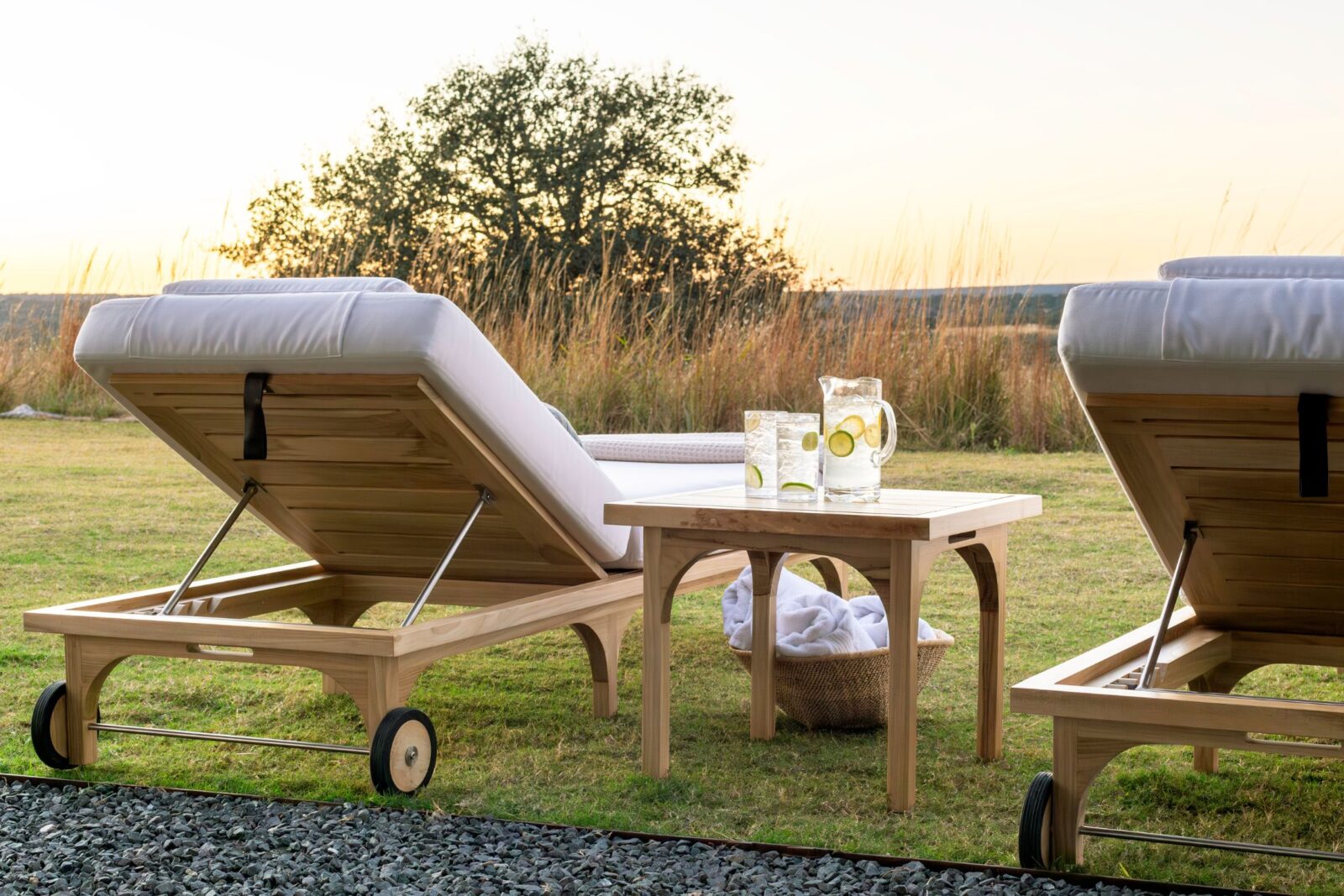
Form becomes light’s companion, inviting gradients to dance across every bleached teak edge. The finish—matte and whisper-pale—doesn’t reflect. It absorbs.
It’s not minimalism for minimalism’s sake. It’s a composure born of respect—for materials, for human posture, for the purpose of rest.
To live with Serenique is to live with quiet discipline. A space that remains composed, even when life is not. A design that doesn’t interrupt—but integrates. It doesn’t ask to be noticed. It simply becomes the still point around which the rest of life can move.
Shadow-Play and Spatial Rhythm
Geometry, in Serenique, becomes a choreography of pause and motion. Imagine entering a room where shadows fall not by accident, but by design. The cut of a chaise invites light to rest, not race. The top plane of a Serenique side table or lounge arm creates just enough surface for moonlight to graze, holding light without fanfare. These are the quiet decisions that compose not just furniture, but atmosphere.
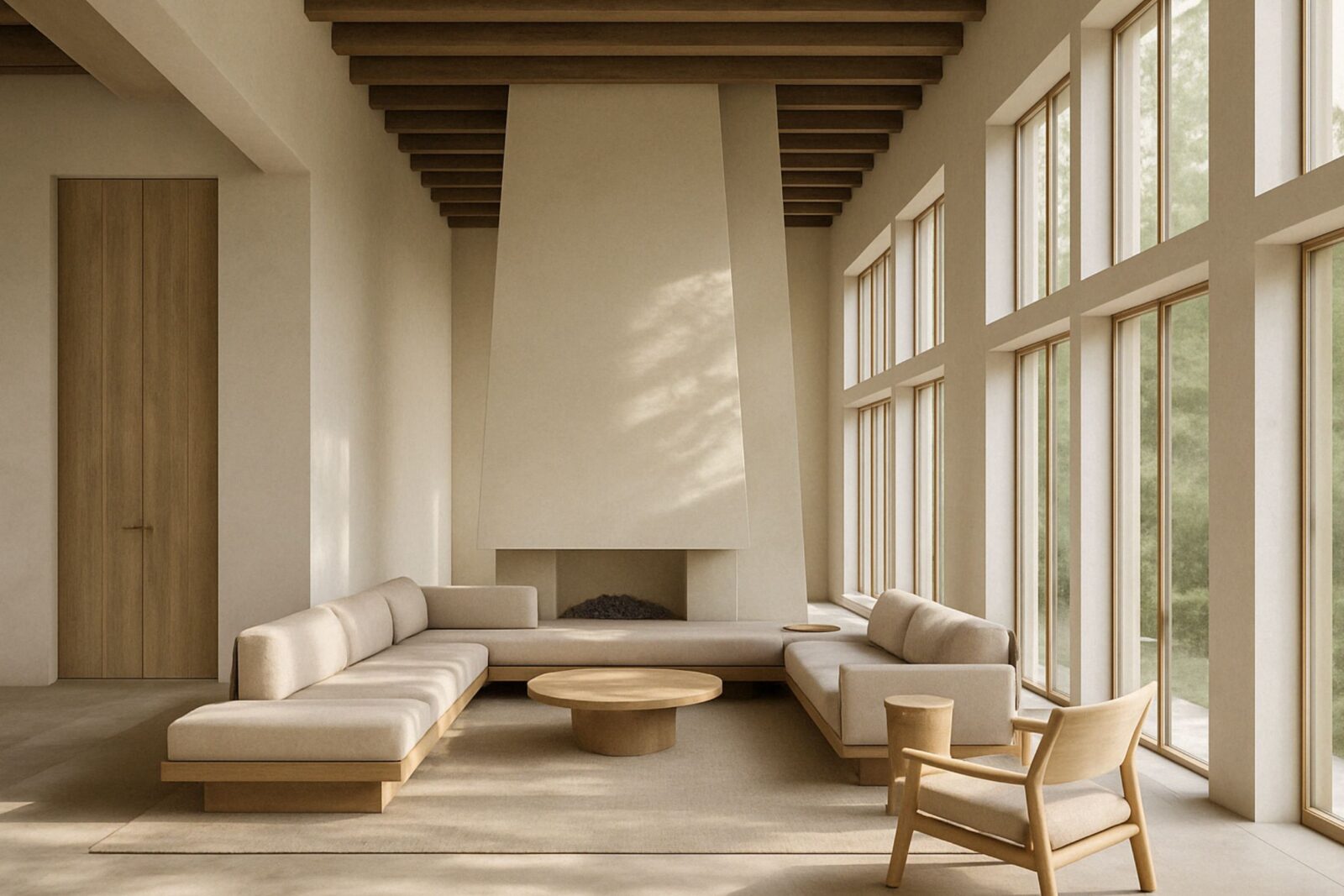
This spatial rhythm is inherited from Japanese washitsu principles (where proportion and spatial voids honor seasonal change and emotional movement) and Scandinavian daylighting philosophies (which maximize natural light to support mood and clarity in high-latitude regions). It’s why the arms of a lounge chair are low and continuous—they guide the eye without interruption. It’s why the base never shouts—its stability is felt, not flaunted.
Each Serenique piece was sketched with light in mind. Where it lands. Where it retreats. The negative space isn’t just blank—it’s breathing.
Anatomy of Quiet
Let’s deconstruct the lounge chair.
Its legs are linear and grounded—not to dominate, but to stabilize. The vertical descent of the leg is clean and composed. The cushion is crowned, not overfilled. The arm—neither too flat nor too steep—meets the forearm like a soft perch. The height allows for fluid gestures. There’s enough space beneath to suggest lightness. Enough structure above to signal rest.
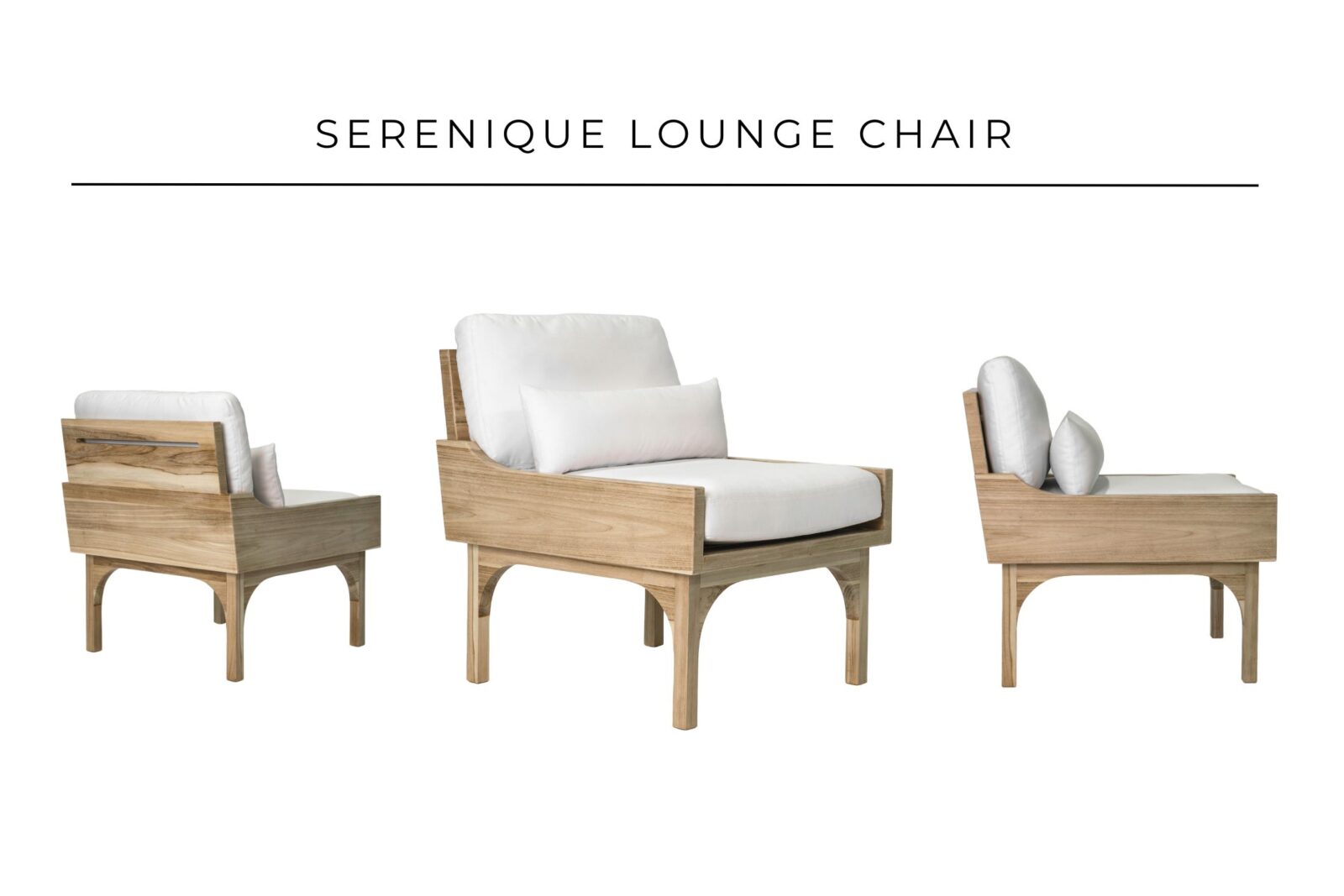
This is where composure lives—not in the idea of stillness, but in its execution.
Composed Geometry
Serenique’s structural decisions echo a deep architectural language. The chair’s pitch—the subtle recline of the backrest—is just enough to invite relaxation, but not so much as to induce slouching. It’s a calibrated support, not a surrender. These curves are not sculptural declarations. They are functional poetics.
Every transition of surface is a conversation between body and form.
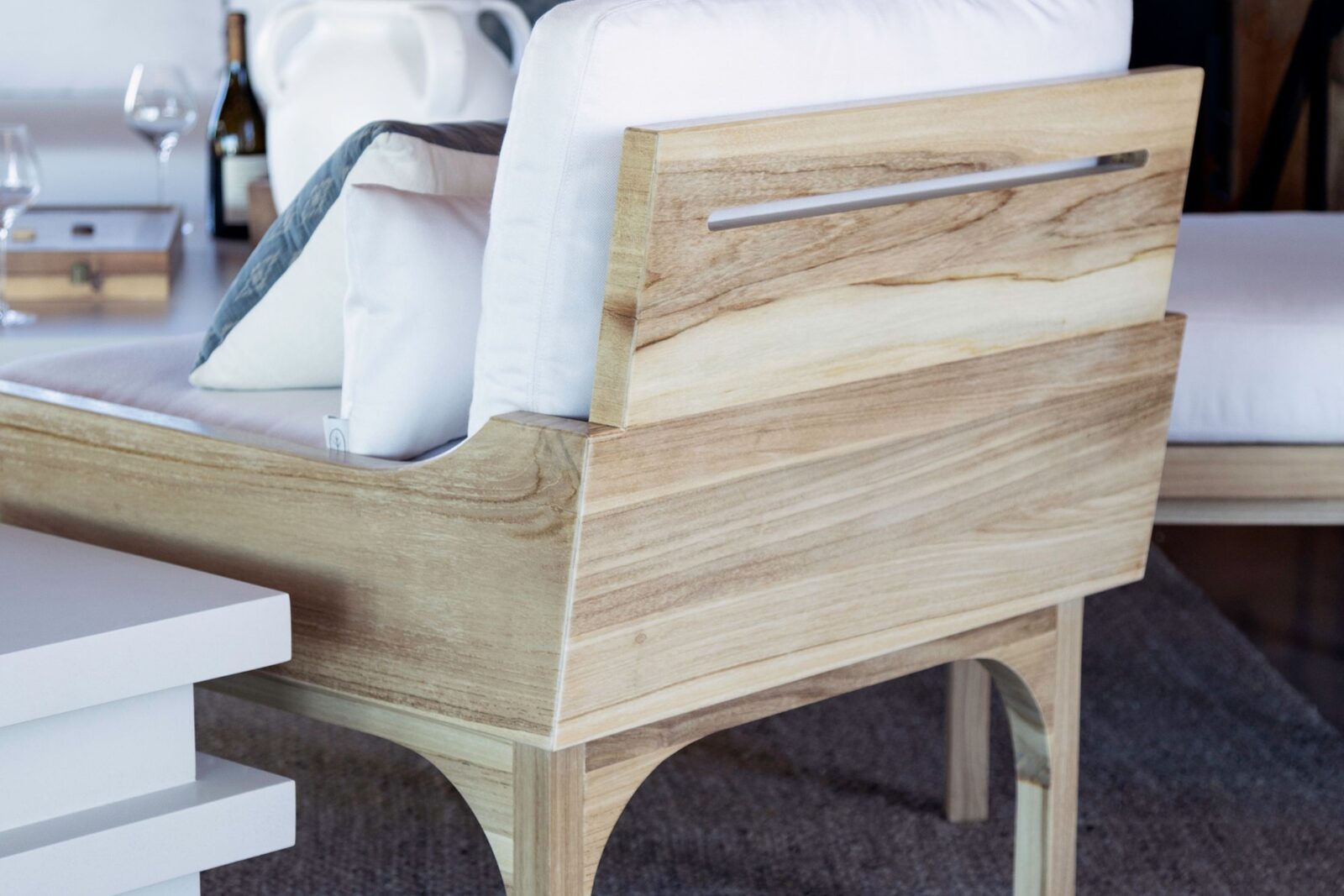
Geometry Across Cultures
Serenique’s geometry is globally informed. From the disciplined angles of Scandinavian cabinetry to the gentle undulations of Japanese ceramics, this collection borrows across traditions and refines through reduction. It’s not a blend—it’s a quiet evolution.
We look to early 20th-century Finnish forms that emphasized lightness in mass. To Kyoto’s temple joinery, where geometry dictated spiritual flow. To Dutch-Indonesian colonial craftsmanship, where wood construction was durable enough for monsoons, but visually serene. Serenique does not imitate—it remembers. Then translates.
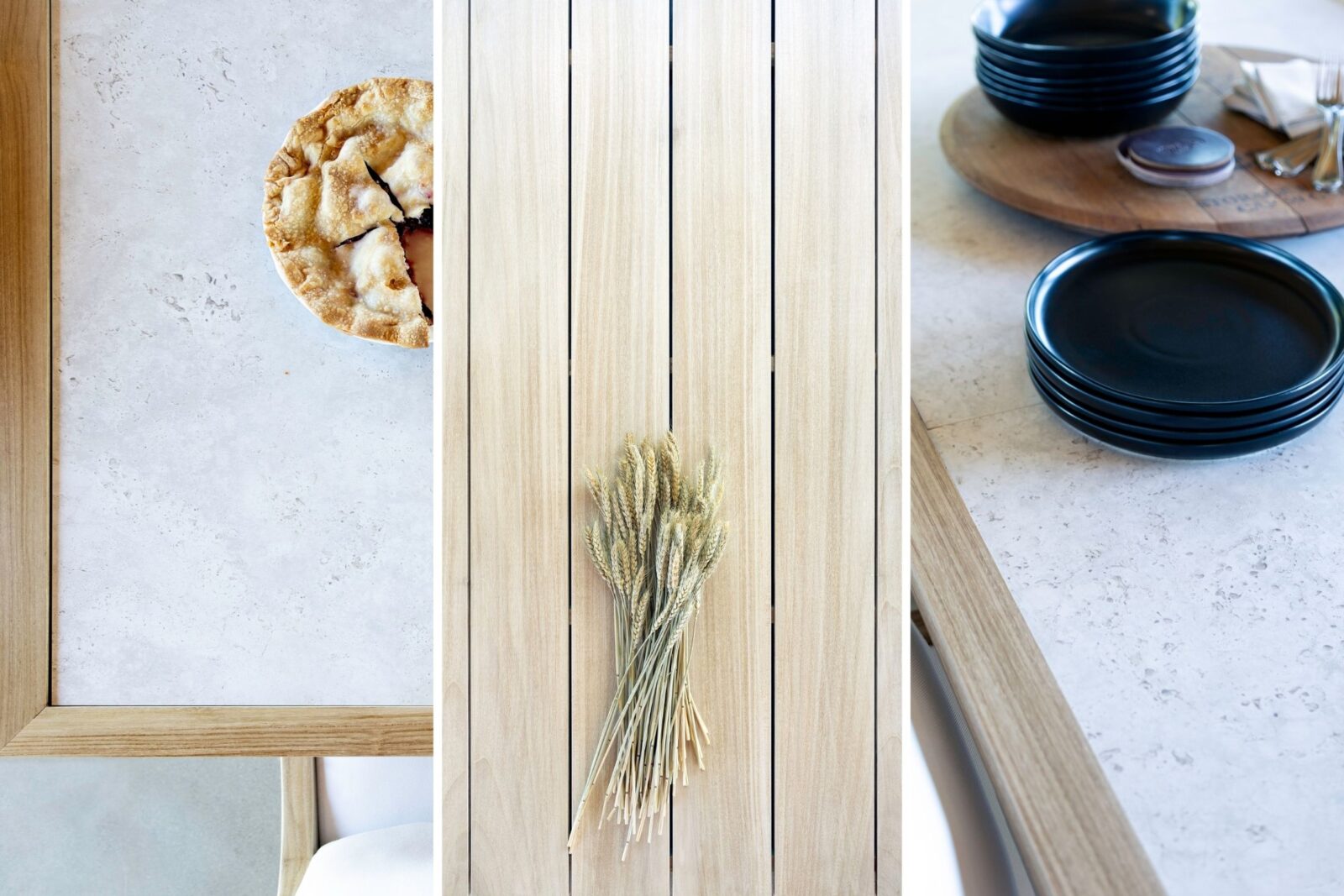
Why Composure Matters Now
In an age of overstimulation, design must soothe. Geometry is its tool. Serenique offers refuge not through escapism, but through clarity. Through the balanced discipline of proportion, where nothing is added unless it brings ease. Where every angle is a balm.
Wellness Through Design
This is more than a design collection. It’s a geometry of wellness—creating spaces that settle the nervous system and offer daily rituals of calm. When geometry is this intentional, serenity isn’t just seen—it’s felt.
This is the geometry of tranquility.
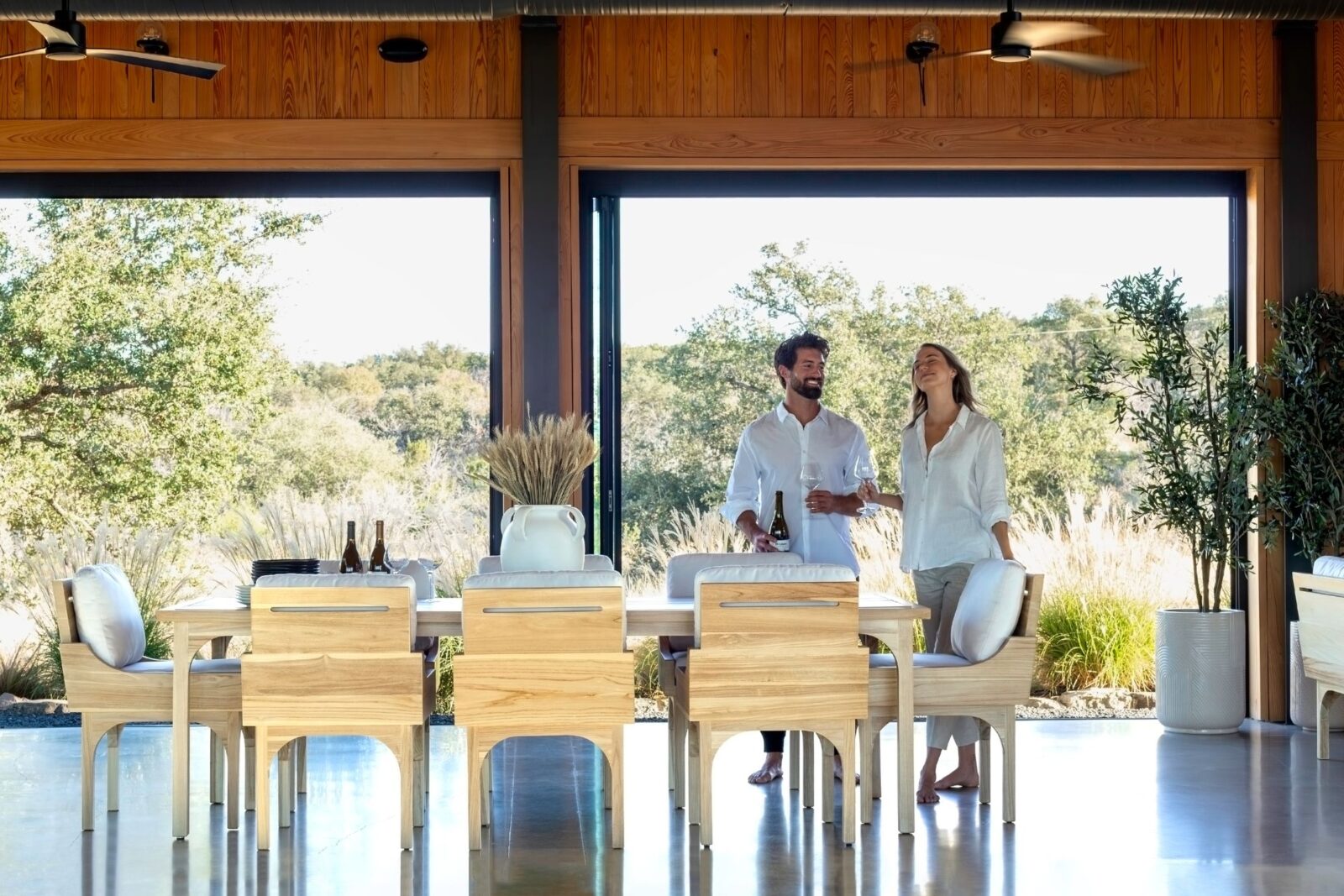
UNTIL NEXT TIME…
Design is more than aesthetics — its a seamless continuum that connects the way we live, work, and gather. Explore new perspectives, timeless craftsmanship, and inspired living with us!
Stay connected to the Seasonal Living Design Continuum Journal. Subscribe today to receive our latest journal entries!